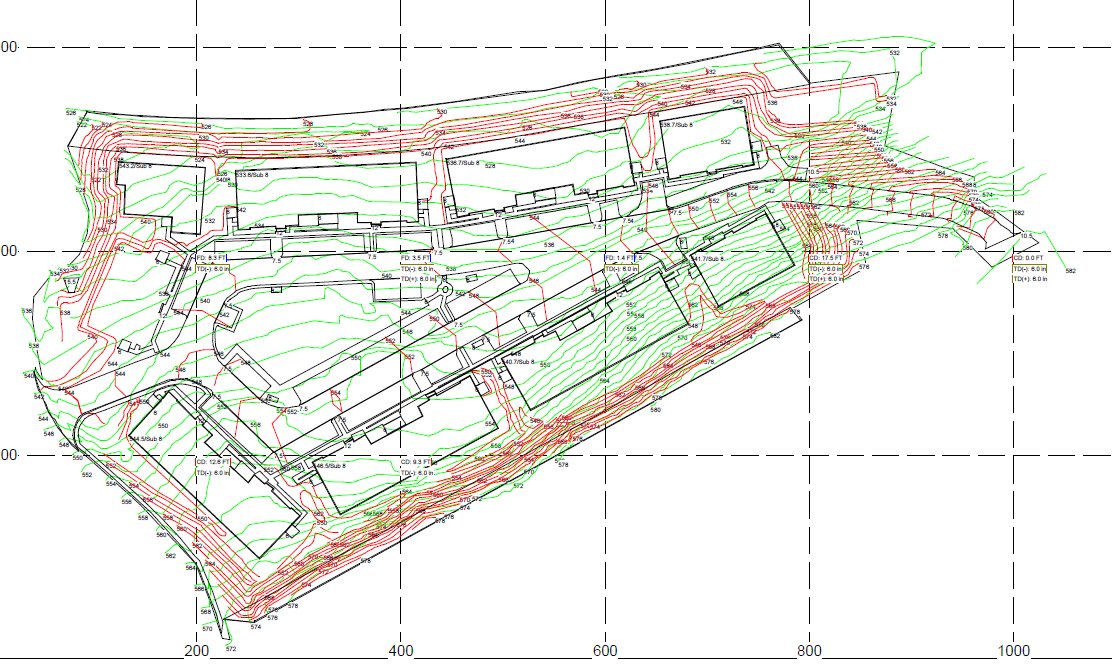[su_document url=”https://sitework-estimating.com/wp-content/uploads/2018/05/DCD-Problem-with-Spec-Books.pdf”]
I’m not really sure that there is anything that can bring an estimator to tears like the sight of a 2000 page specification book. There is little in our world that can be deemed quite as unproductive and frustrating as reviewing 1800 pages of useless material, just to get to the 200 pages that contain vital information.
What is the essence of the problem with the specification books typically rendered in the construction document package of today?
Allow me to take a break and speak to you about cooking for a little bit. We all know food, and everyone has cooked to some level. Most start at the beginner level, and then move up the ladder. Now imagine an accomplished chef that sets out to create a complicated pasta dish. They will follow a highly technical recipe with high-end ingredients. Would you expect the recipe to resemble something like this?
- Fill a pot with 8 quarts of cold water.
- With the help of an adult, light the flame under the pot.
- When the water reaches a boiling point, drop the pasta into the pot slowly, so as not to burn yourself
Etc…..Etc……
7) Shave some truffles onto the top before serving.
8) Place the bowls carefully on the table.
Of course not! But isn’t that what we are subjected to in the typical spec book?
This creates many challenges for the AEC community as a whole, and for estimators in particular.
Estimators are known to work under tight deadlines and limited time frames. It is the rare occasion when an estimator is provided sufficient time to perform their work. To imply that a spec book is simply read would be erroneous. A spec book needs to be studied and analyzed. We do not complain about other important functions of our work that take a lot of time, but rather accept it as part of the necessary steps to produce a high quality product. Why do we complain about the spec book? Because it is unproductive time!
Here are some examples that I copied out of actual spec books:
- Prior to placement of concrete, verify that the concrete cover over the reinforcement is that specified on drawings.
- Verification of Conditions: Contractor shall examine areas and conditions under which work will be performed and identify conditions detrimental to proper and timely completion of work. Do not proceed until unsatisfactory conditions have been corrected.
- Methods of construction shall be piece by piece.
- Attach wall railings to the wall construction, using appropriate bolts and anchors to meet performance standards.
- Provide doors and frames of sizes, thicknesses, and designs indicated. Install steel doors and frames plumb, rigid, properly aligned, and securely fastened in place; comply with drawings and manufacturer’s written instructions.
- Adjust windows for proper operation after installation.
What happened with the good old “Performance in a good and workmanlike manner”? I would like to suggest to the specification book writers that they use this phrase a lot more frequently. I am convinced that this will save us all a lot of paper and time.
Notably, there is much redundancy in construction documents. If the drawings refer to the spec book, and the spec book refers to the drawings, then we are spinning around in circles. Until, of course, we find the clause buried somewhere as to which supersedes when these two conflict.
Ironically, voluminous spec books are typically provided for larger projects. The contractors and sub-contractors that are capable of performing (and bidding) these larger jobs do not need to be told to fill the pot with 8 quarts of cold water. They definitely don’t need the help of an adult!
In an era where reduction of waste, and making better usage of our resources is key, we cannot disregard the inefficiency of the current standard. Every sizeable construction project collectively squanders hundreds of unproductive hours, starting with the time spent to write these spec books, and rolling down the line to the review of them by construction managers, general contractors and sub-contractors. Even in the digital age, natural resources still get wasted in printing copious amounts of paper.
Consulting estimators have a particular challenge in charging their clients to review the spec books. If a quantity take-off and estimate for a particular projects takes 40 hours, and reviewing the spec book takes 8 additional hours, how do we justify the additional 20% of unproductive time in a way that our clients can understand and accept?
“So why bother with it?” you may ask. “Can’t you just ignore it?”
Unfortunately: No! I cannot risk missing the occasional blurb of importance that may significantly impact the estimate – the truffles.
Some of these same problems are often encountered in the scope of work descriptions that are commonly provided as part of bid packets. They are intended to provide clarity and instructions. Oftentimes, however, they are just cut and paste jobs from prior projects. Or perhaps they have a generic “cover all of the basics” template, with some of the new specific scopes mixed in. What those lists in fact produce is confusion and distrust. If an estimator finds that a large percentage of the scope of work provided is not pertinent to the project, then it all becomes irrelevant.
I cannot say with certainty what caused this corrupted version of the spec book to become standard in our industry, and surely at least some of the reasons are varied and quite complex. I understand that at least a part of what created this predicament is based on legitimate concerns. However, this is a prime example of how the road to hell gets paved with good intentions.
As Robert Frost said: “The best way out is always through.” Until such time as the AEC community comes together to make some changes, we will keep plowing through.
About the author: Rifka Malik, CPESC, CPE is the President of Sitework Estimating Services, Inc. and a board member of CERT, the Consulting Estimators Round Table.



